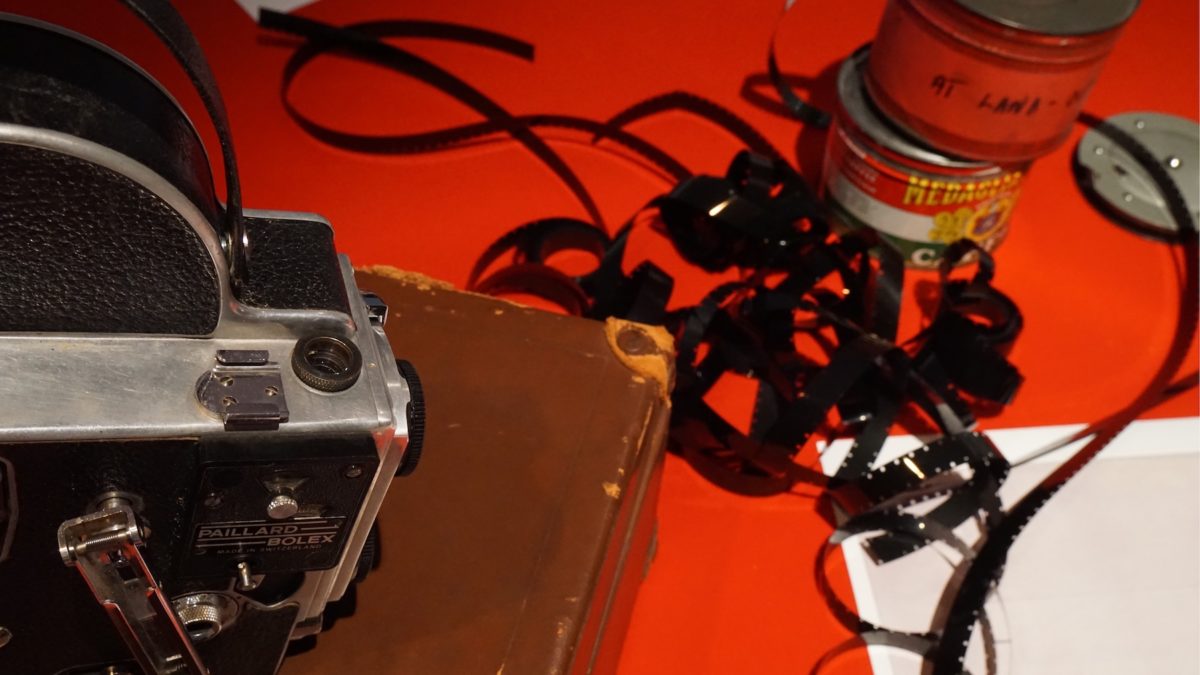Maya Deren

Maya Deren: Haitian Footage, 1947-1954
Film footage, Bolex 16mm camera, tape recorder
Courtesy Anthology Film Archives, New York
Haitian Footage, 1947-1954
Maya Deren traveled to Haiti repeatedly in the 1940s and 1950s to film Vodoun ceremonies. She herself never edited the approximately 6 hours of footage, which includes sound recordings. The film “Divine Horsemen: The Living Gods of Haiti” (1954), which circulates under Deren’s name, was made after Deren’s death. Teji Ito, Deren’s second husband, assembled film sequences from the footage without ever coming close to the originality of Deren’s montage technique.
Deren’s interest in Haiti owed much to Katherine Dunham (a dancer, choreographer, and filmmaker from the Harlem Renaissance, whose assistant Deren was). Deren was also in close contact with Gregory Bateson and Margaret Mead, whose research in Bali had had a decisive influence on visual anthropology. Bateson and Mead were aware of the aesthetic dimension of the social, but could not do justice to it with their strictly scientific approach. Deren, in turn, was concerned with an artistic structuring of both the recording process and filmic montage. Deren’s Haiti project should be viewed from this scientific-artistic perspective.